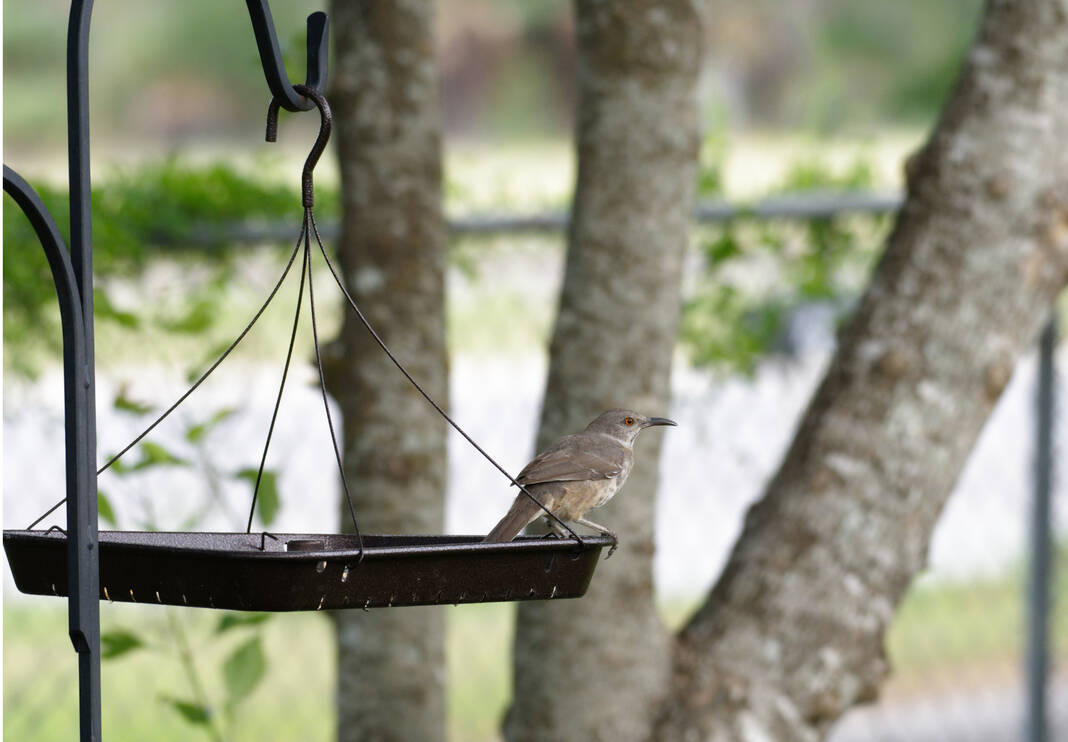Nature may be closer than you think.
The seventh international City Nature Challenge, which begins Friday, allows anyone to be a citizen-scientist, collecting invaluable data from across the planet about species and their distribution.
The four-day event allows armchair naturalists the opportunity to participate by investigating an area they know best: Their backyards and neighborhoods.
The event runs through Monday, although participants have until May 8 to upload their observations to the website www.inaturalist.org.
Citizen-scientists can download the necessary free phone app for Apple or Android.
“For the challenge, begin by photographing what’s in your own backyard and branch out to your neighborhood, city parks, country roadsides, or visit a state or federal nature preserve to document observations of nature,” said Anita Westervelt, a Texas Master Naturalist.
“What do you to photograph for the challenge? Native plants and trees, bugs, moths, butterflies, mammals, amphibians, reptiles, birds, insects and beach and gulf life are a good start,” she added. “Signs of life observations are accepted, too – things that were once living or represent something that is living, like roadkill, scat, owl pellets, animal and bird tracks, snakeskins, bones, feathers, seashells and skeletons.”
The challenge started in 2016 as a competition between San Francisco and Los Angeles, a creation of the citizen-science staff at the Natural History Museum of Los Angeles County.
Last year more than 50,000 participants submitted 1.2 million observations, with more than 45,000 species identified.
“It’s a bioblitz-style competition where cities are in a contest against each other to see who can make the most observations of nature, who can find the most species, and who can engage the most people,” reads the iNaturalist website.
Westervelt says it’s important to establish a baseline of species right here in the Rio Grande Valley.
And the iNaturalist app isn’t just a four-day tool, either. The app can be used at any time to submit photos of species for identification by experts.
“Many times, I use the phone app to identify a plant I’m not familiar with to see if it is beneficial, or something I don’t want to go to seed and propagate in my yard,” Westervelt said. “I use it to identify and name the birds that visit my yard, just to satisfy my curiosity.”
“Recently, after years of not hearing bobwhite quail near the adjacent farm field, I saw five baby quail scurrying between plants at the outer row,” she added. “I got a clear photo of one of the birds, uploaded it later onto www.inaturalist.org on my computer; it wasn’t what I thought at all. It was a lark sparrow, a species new to my yard. The glory of this citizen-scientist program is that experts review uploaded observations and correctly identify species.”
The Lower Rio Grande Valley has entered the contest as a regional unit of Cameron, Willacy, Hidalgo and Starr counties.





